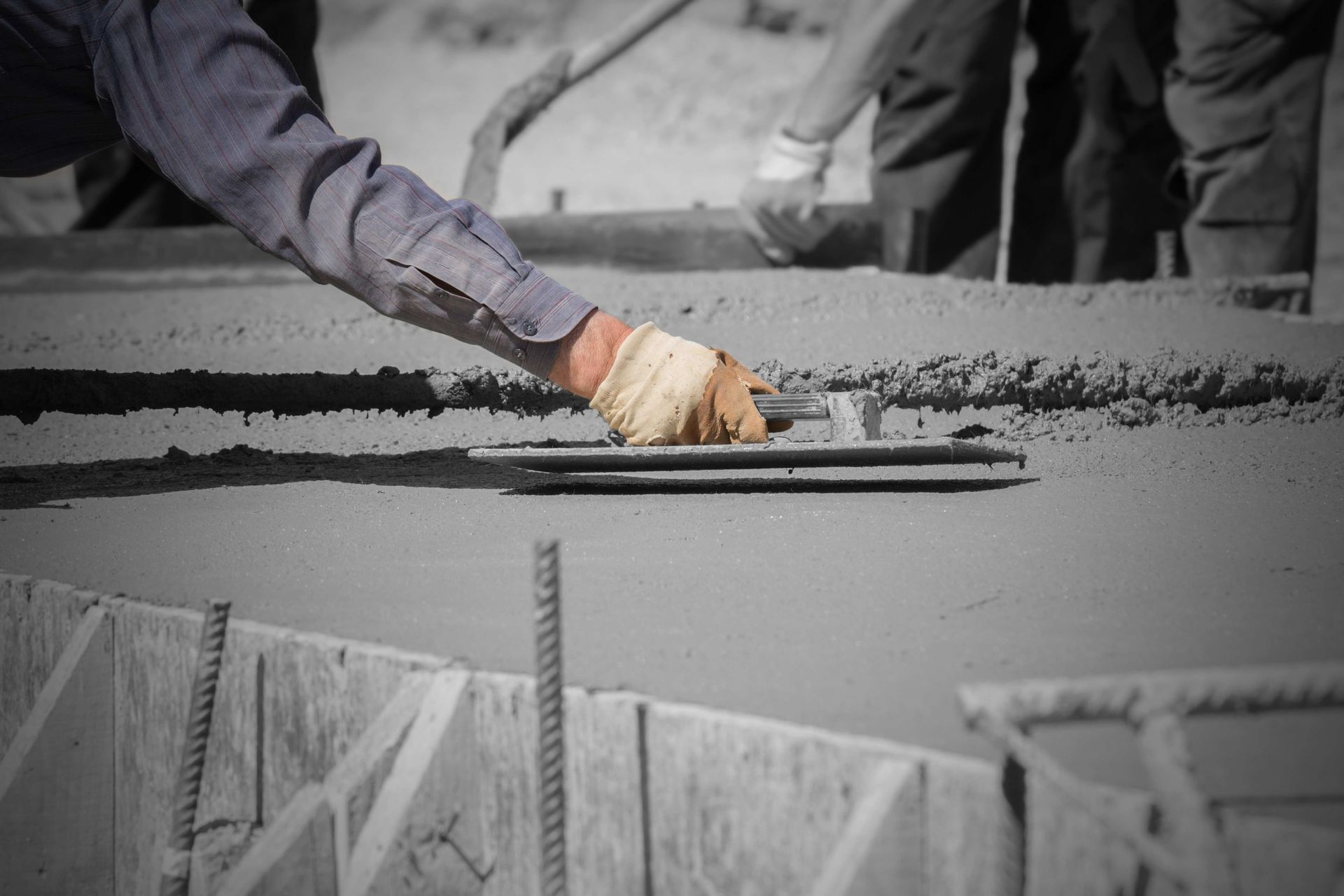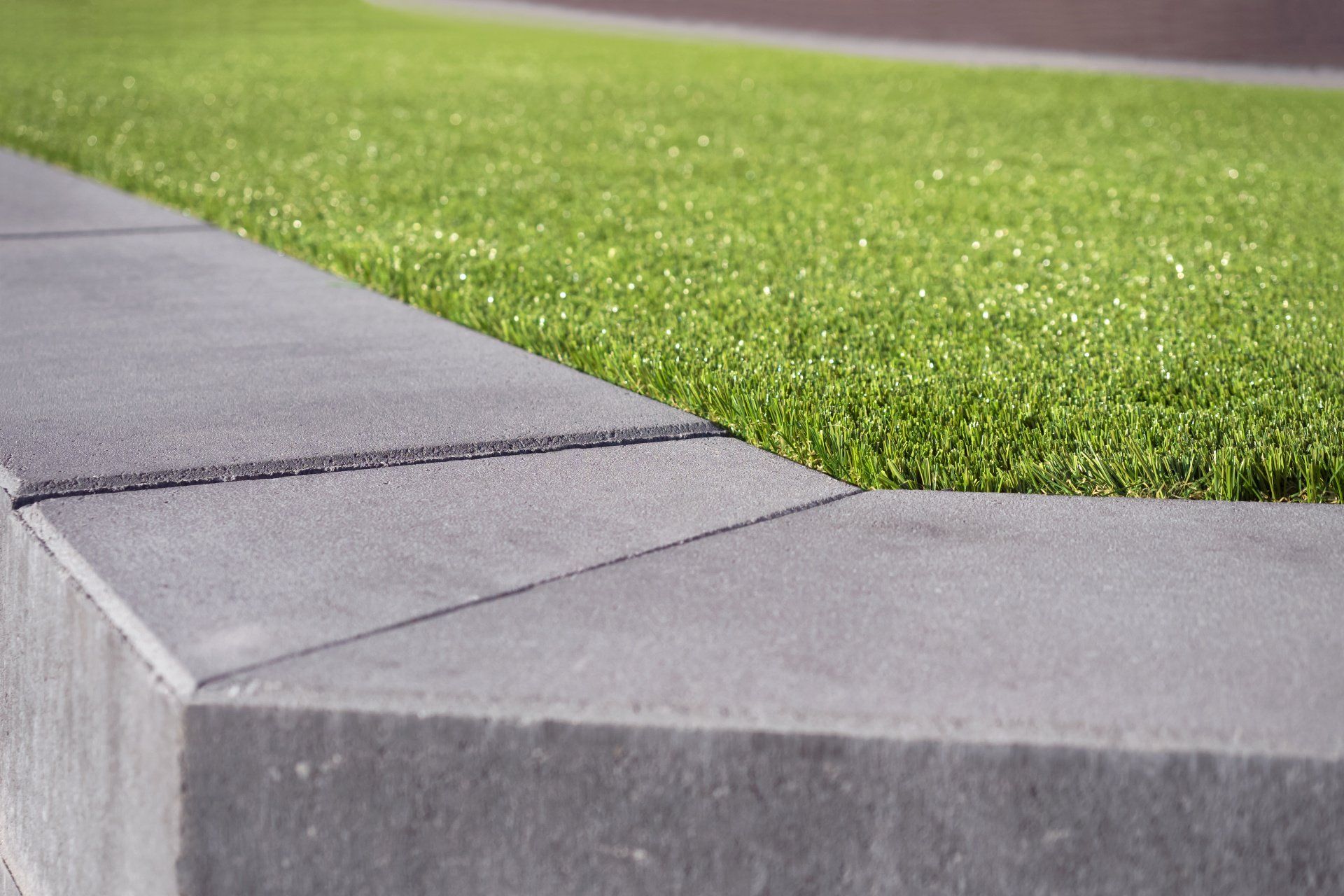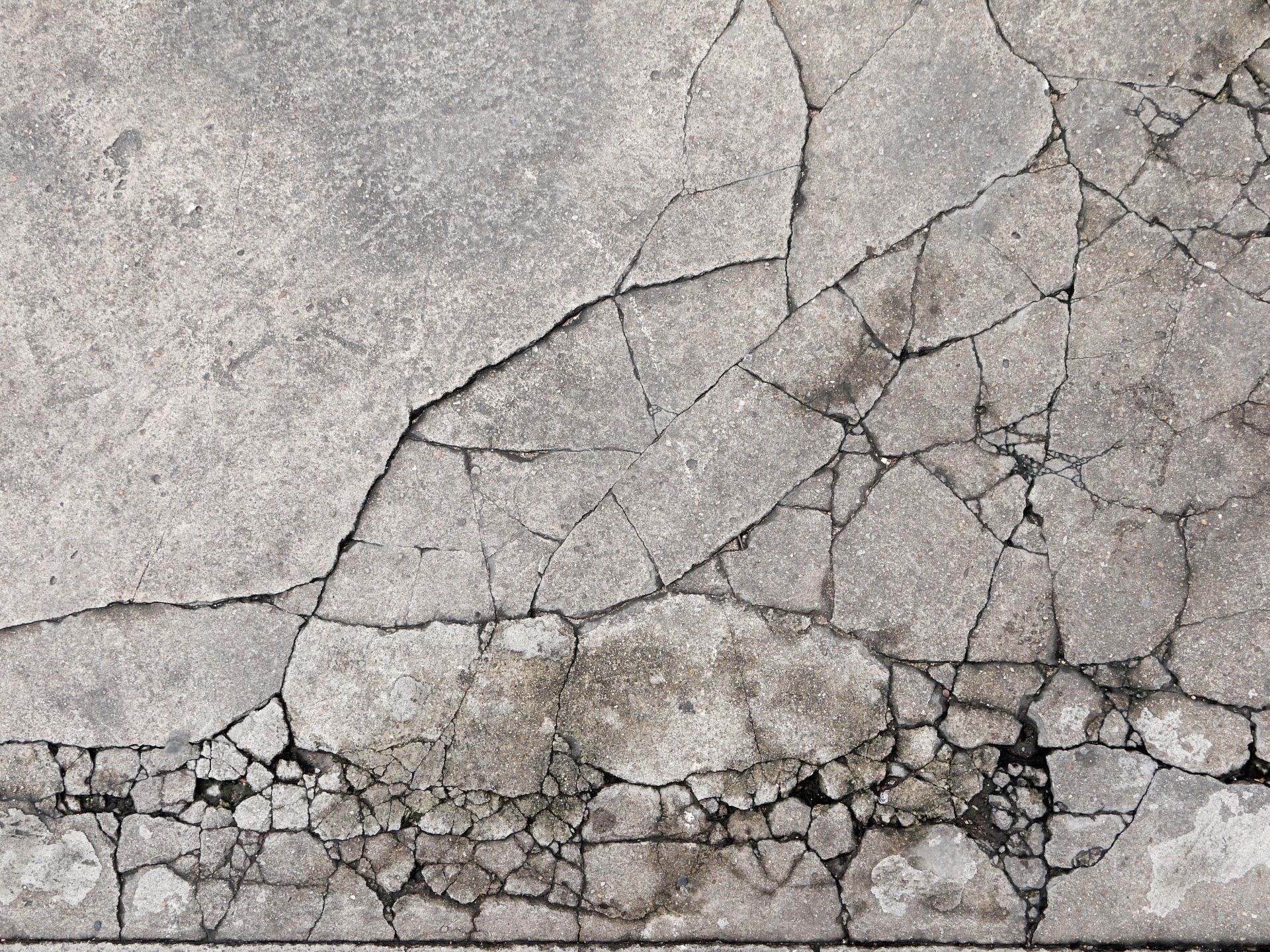By Dotcom Design
•
19 Mar, 2020
Over the years, you've worked with many types of concrete in Cedar Rapids, Marion, Iowa City, North Liberty, Dubuque, Coralville, Waterloo, and Cedar Falls, Iowa but aren't sure how to keep it lasting as long as possible. Thankfully, the following tricks can help your pour last as long as possible. These tricks and techniques are all things that we at Kelly Concrete have learned over the years. As a result, we can provide you with some of the best pours that you'll find anywhere on the market today. Proper Slab Thickness When you're preparing to pour your concrete , it can be hard to know how thick you want it poured. While professionals can help you make this decision, you ultimately have to make it on your own. As a result, you need to make sure that you fully understand this factor to ensure that things go smoothly. Thankfully, there is a pretty simple solution here – four inches is usually good enough for most situations. However, there may be sections that need to be thicker than this four inches, depending on the nature of your driveway or parking lot. For example, you should be able to get away with four inches in most driveways but may need to tweak up your approach if there is a high-traffic area that often wears down more quickly. Add an extra inch or so to these areas to ensure that you get the most protection possible for your driveway or parking lot. Can you go thinner than four inches? Probably not because, at that point, you're putting too much stress on the surface. Though it should distribute fairly evenly and minimize damage to most areas, not taking the time to add at least four inches ultimately costs you more money by putting more strain on your pour. As a result, it is smart to aim for four inches or more, particularly if you want your slab to last longer or resist wear and tear better. Dealing With Clay Soil The toughest thing about pouring is knowing what kind of soil upon which you'll be pouring. Unfortunately, there is a good chance that many types are going to be made quite slowly of clay. Clay-heavy grounds are not great for pouring because they have a terrible tendency not to absorb water. They may also lack the kind of adaptability and flexibility that you need to make your pour as secure as possible. Thankfully, there are ways of dealing with this issue. For example, compacted earth can help to manage many of these issues by providing you with a more substantial base on which you can pour your concrete . However, you may also need to import a separate kind of support for clay to ensure that it doesn't affect your pour. We don't mean importing soil from overseas or anything like that but bringing in outside dirt that you can use as a supporting base for your pour and throughout the rest of the area. Typically, you're going to want looser earth that has minimal clay. However, you also want to avoid sand – sand moves too much and doesn't provide the support that you need. The balance here can be tricky to achieve, unfortunately, but doesn't have to be too hard to handle if you're smart and take the time to accurately assess the balance of your soil and make adjustments to ensure that it is as secure as possible for your needs. Proper Curing Steps When it comes to making sure that your pour is as secure as possible, curing is critically essential. This step is one that may seem like it would be easy – after all, you are mostly waiting for your concrete to dry. However, you need to make sure that you follow the proper steps to ensure that things go smoothly. Thankfully, success here isn't difficult if you understand what you're doing. For example, you need to make sure that you keep the surface warm and moist for as long as possible to ensure that the surface is as durable as possible. You don't need to water the driveway, as such, but should add a liquid membrane on the surface of the slab after it is finished. This step helps to prevent fast drying and makes sure that the surface cures at a speed that makes sense for you. Last tip here: try to only pour cement during warmer months, when freezing is least likely to happen. Unfortunately, freezing temperatures can complicate the curing process and cause premature damage to slabs that can be hard to repair. As a result, it is essential to pay attention to the weather and only work with cement when temperatures are at their most reasonable – this should help avoid severe damage. Proper Winter Management Lastly, it is vital to understand how to treat your concrete during your first winter with it. Sometimes, people don't fully grasp that winter is often the toughest time for their cement. That's because cold weather can impact the surface in a variety of ways and make it expand and contract in upsetting ways. Therefore, it is essential to take the time to manage this situation as smoothly as possible to avoid any issues. For example, you should keep salt or other chemical deicers off of your driveway. Using these too soon can cause the cement to expand and contract and may create real damage. You need to make sure that you avoid salt, in particular, by washing it off of your cars and your driveway if you bring it from other roads. The potential impact that it has on your driveway is that severe, unfortunately. Thankfully, you can avoid ice by using sand on your cement instead. Sand is a good choice because it doesn't cause the same kind of damage that you get with salt. And it doesn't trigger melting as quickly, either, which minimizes your damage potential. One final note: NEVER use fertilizer on your cement driveway as a deicer, even years later, because it is far too acidic and dangerous. Reach Out to Us for Help As you can see, the best concrete Cedar Rapids, Marion, Iowa City, North Liberty, Dubuque, Coralville, Waterloo, and Cedar Falls, Iowa has to offer doesn't have to be a significant challenge to pour. As long as you fully understand this unique process and how to perform it, it would help if you didn't have a hard time getting the high-quality pour that you deserve. So please don't hesitate to contact us today at Kelly Concrete to learn more. Our experts have years of experience and will help you succeed where others have failed.













